George Clooney isn’t afraid to politic. And last July he showed himself willing to speak truth to his own party’s power: by voicing the dramatic decline in Biden’s facilities in a New York Times op-ed, Clooney, a lifelong Democrat, helped force ole’ Joe out the race.
Is it any surprise, then, that Clooney has chosen to make a splash on Broadway in a play that is explicitly political? Clooney’s resurrection of his critically acclaimed 2005 film Good Night, and Good Luck for the stage is timed for maximum impact.
Good Night, and Good Luck dramatizes Edward R. Murrow’s historic takedowns of Joseph McCarthy on his beloved CBS show See It Now. It’s a morality tale about the bravery (and cost) of principled journalism; it’s a showcase for how to fight against hysteria, repression, and persecution with fact and sobriety; and it’s a homage to the power of broadcast. (It’s no accident that Clooney’s own father, Nick Clooney, had a long and storied career as a news anchor).
The play comes at a time when trust in the media is at an all-time low. Trump’s war on so-called “fake media,” the proliferation of unchecked and unbalanced citizen journalism on social media, the peddling of lies on both side of the political divide, the spread of conspiracy theories and the polarization of the country has led to deep skepticism and ambiguity.
But in a production hazy with cigarette smoke, jazz songs and nostalgia for the brave men (there are almost no women) of the 1950s who stood up to McCarthyism, Clooney wants to reinstall the awe we used to have for the newsman. In many ways he succeeds: Good Night, and Good Luck serves up a valuable lesson, while never feeling like it is preaching.
For those who have already seen the movie, which, like the play, was co-written by Clooney and Grant Heslov (Clooney also directed), Good Night, and Good
Luck doesn’t add much new, aside from the frisson of live performance. Live performance – namely, Clooney in the flesh – is why tickets are now reaching the $800 mark, however. While Clooney plays Murrow’s producer Fred Friendly in the film, here he takes center stage as Murrow himself.
Glenn Fleshler is excellent as the jovial, rotund Friendly. But the rest of the large 21-strong ensemble cast is mostly, regrettably, forgettable. Aside from providing a sense of the hustle and bustle of a busy newsroom, they add little. Despite all the action on stage, this is a story about just two people, engaged in mortal battle: Murrow and McCarthy.
Murrow’s weapon is, of course, his show, which telecast him straight into American living rooms. To deliver Murrow’s celebrated broadcasts, Clooney faces away from the audience towards a live camera, while his image – replete with furrowed brow and gravity of voice – is blown up on a giant screen. Technology can be overused on Broadway. Here the device works: why wouldn’t we want to see a TV journalist through the medium with which they speak to the world?
The screens also allow one of the play’s masterstrokes – the use of real archival footage of McCarthy and other historic characters, a tactic also deployed in the movie. As Murrow puts together his takedown of the “junior senator,” as he dismissively calls him, he tells his producing team that they must only use McCarthy’s own words: unadorned, they speak legions as to his character and motives. Over half a century later, McCarthy still looms larger than life, as a childish, irrational and dangerous demagogue.
By contrast, for the show to work, Murrow’s live monologues must keep us hooked. It’s a lot for Clooney to carry, but he does so with quiet authority. With his slick-backed hair and dark suit, Clooney’s Murrow is handsome and debonair (it can’t be helped) but also serious and commanding, with a hint of self-deprecation. While his range has never been that of a true character actor, seeing Clooney on the stage confirms why he is a leading man: there’s something timeless about his look and presence, at home in the 50s setting as today.
Indeed, Good Night, and Good Luck is firmly rooted in time and place; but its relevance to today is always near the surface. At one point McCarthy turns up in clips alongside the powerful, morally bankrupt New York lawyer Roy Cohn, who was a mentor to a young Donald Trump. (On the night I attended, Jeremy Strong, who starred as Cohn in the queasy and brilliant Trump biopic The Apprentice, was spied outside the Winter Garden Theatre).
These links to the urgent issues facing us now makes watching this production feel like a communal experience: the audience, more active than most, applauds, whoops, sighs. Of course, for such eye-watering ticket prices, it’s fair to assume most attendees are wealthy and, in New York, liberal-minded. But it is to the play’s credit that it never feels overly didactic.
Clooney is helped along by steady direction from David Cromer and an atmospheric set by Scott Pask, who re-creates the messy chaos of CBS’s broadcasting arm in Grand Central Station through tiered levels of office space and studios. High above the action, a singer (the glorious Georgia Heers) records hits of the day, crooning seductively into a microphone.
These songs combined with a smattering of light-hearted sub-plots (there are jokey scenes about a secret office marriage, helmed by the criminally underused Ilana Glazer) and goofy TV ads lifted from the era, provide welcome levity in an otherwise concentrated, and serious with a capital “S,” 100-minute production.
The best part of Good Night, and Good Luck is reserved for the very end. Murrow stands alone and unadorned before us, the audience – for once, without a screen to filter him, as he delivers his prescient 1958 speech on the commodification and the force of mass media. Ignore it at our peril, he says.
Part of the risk of overusing screens on stage is to make the actor seem smaller and less powerful when they finally emerge from behind the monitor. That happens here, too, where Murrow (and Clooney) suddenly seem vulnerable and human rather than stars; the impact is strangely affecting in a play about the potency of image.
What follows is a rapid-fire succession of iconic film reels broadcast on screen, from the uplifting (man’s landing on the moon) to the chilling, showing how Murrow’s forewarning has come to pass. And then some. The last shot – that of Elon Musk throwing a Nazi salute in a Trump rally – raised a collective inhale from the audience. It’s sobering. We need men like Murrow. And, with the world in such chaos, we may also need some luck.











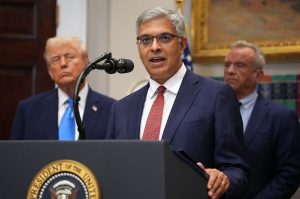
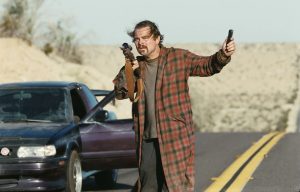
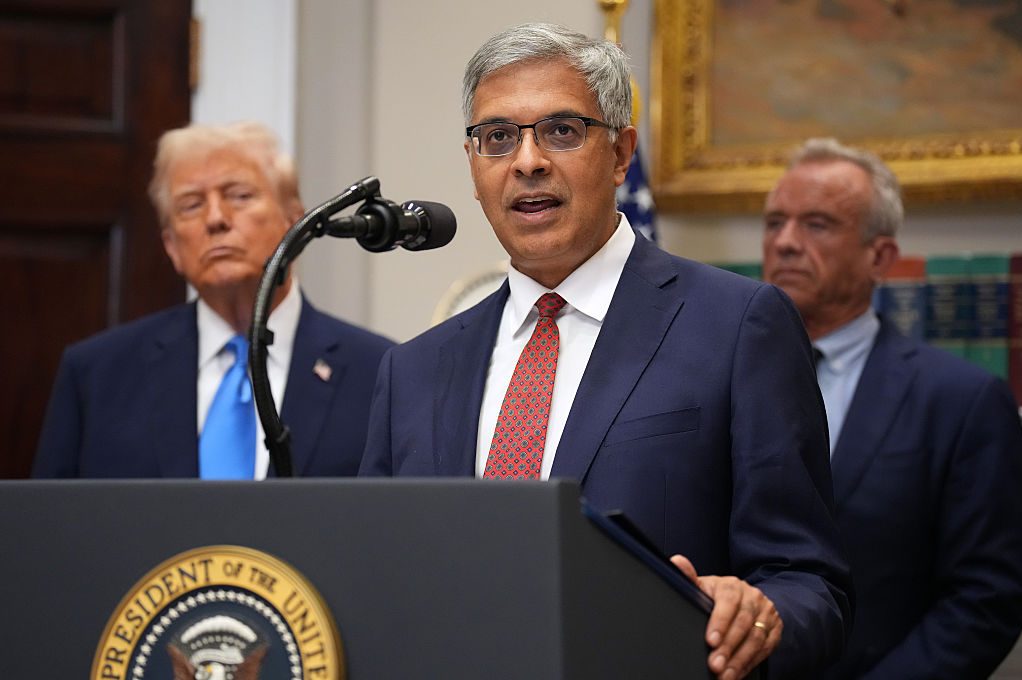

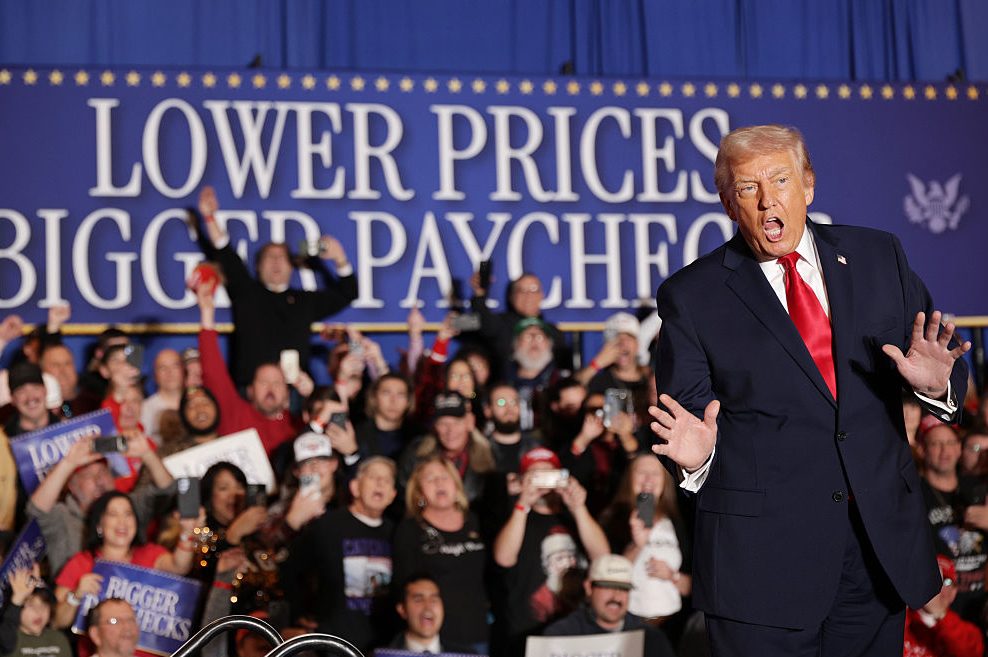
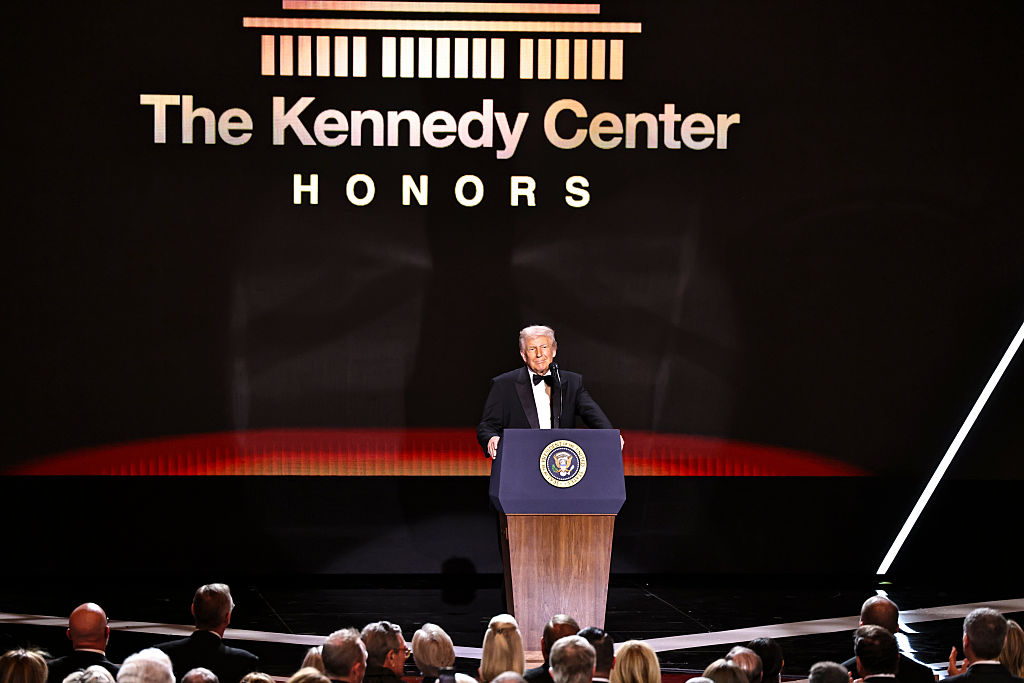
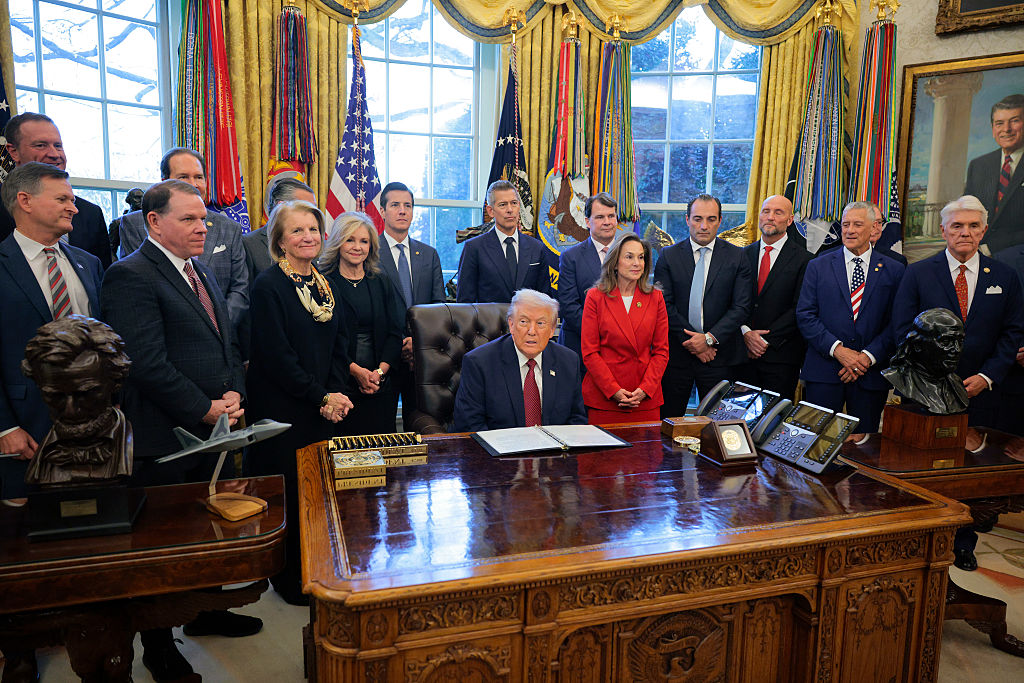
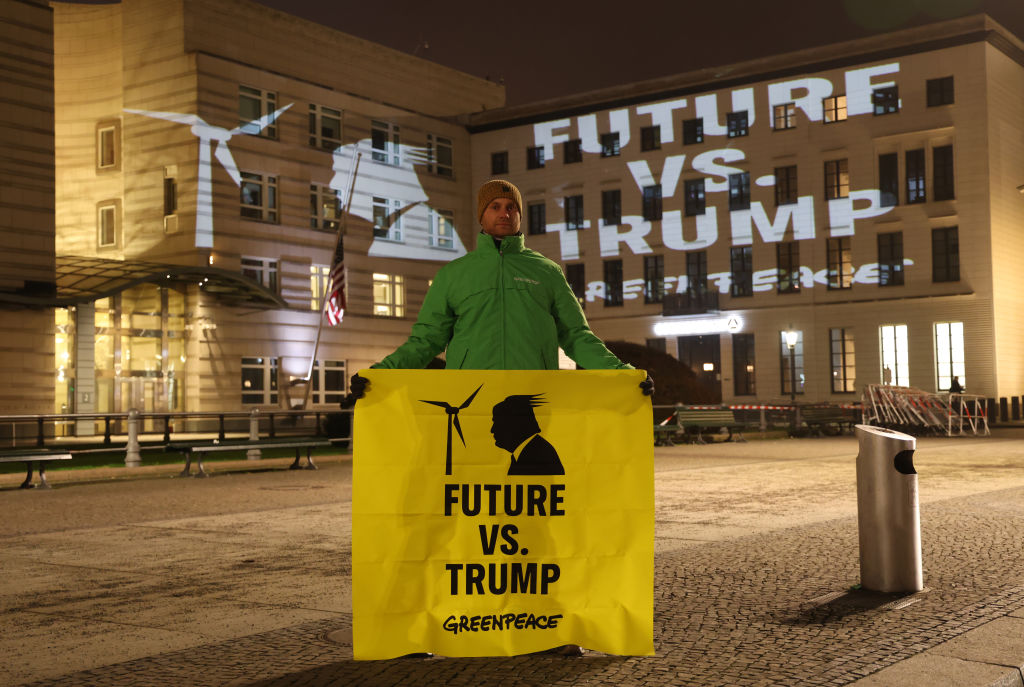

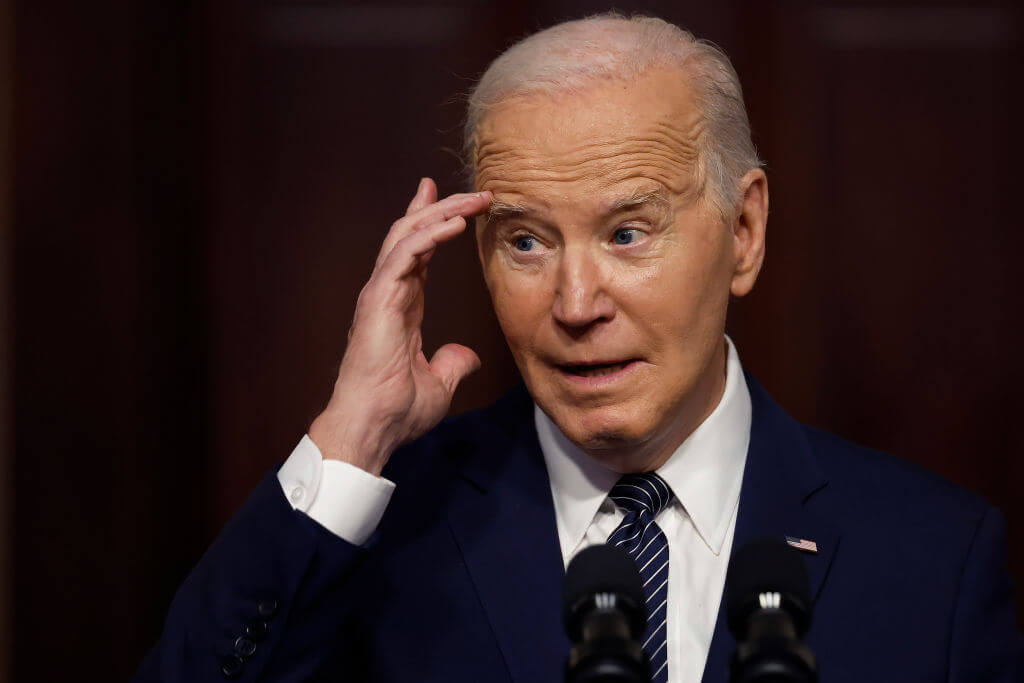


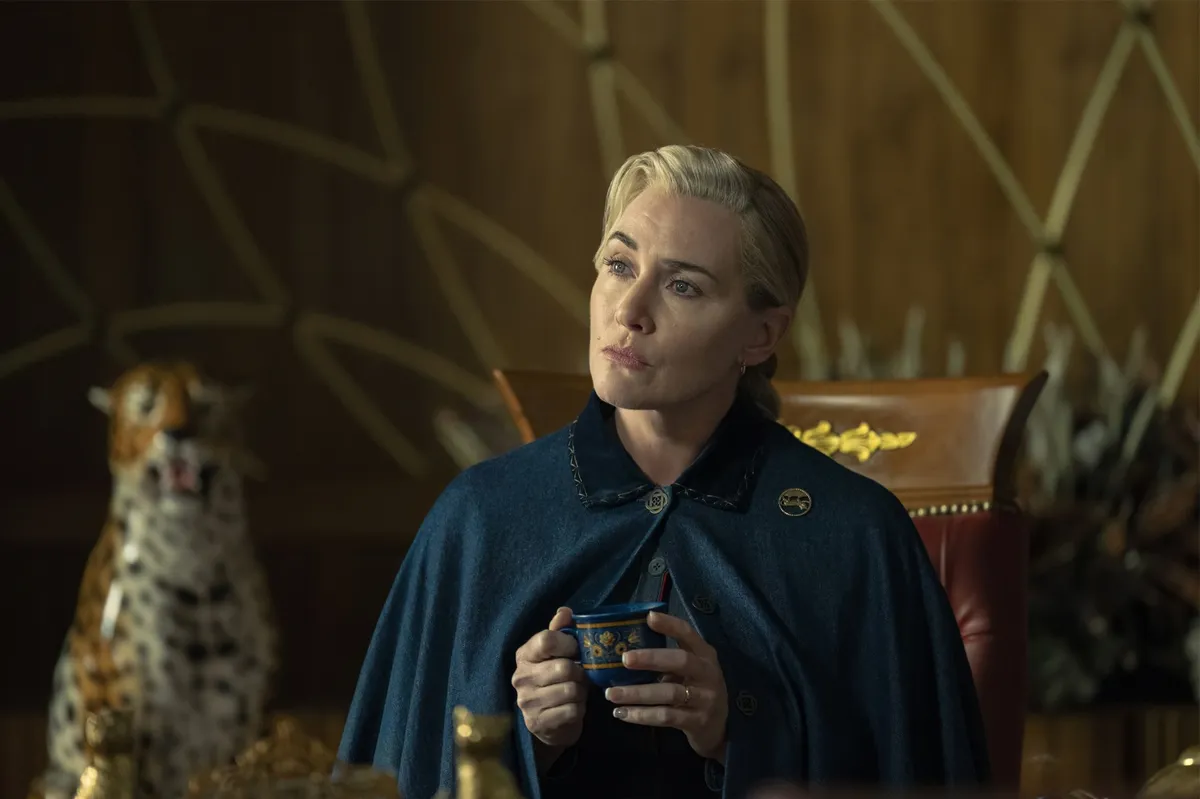
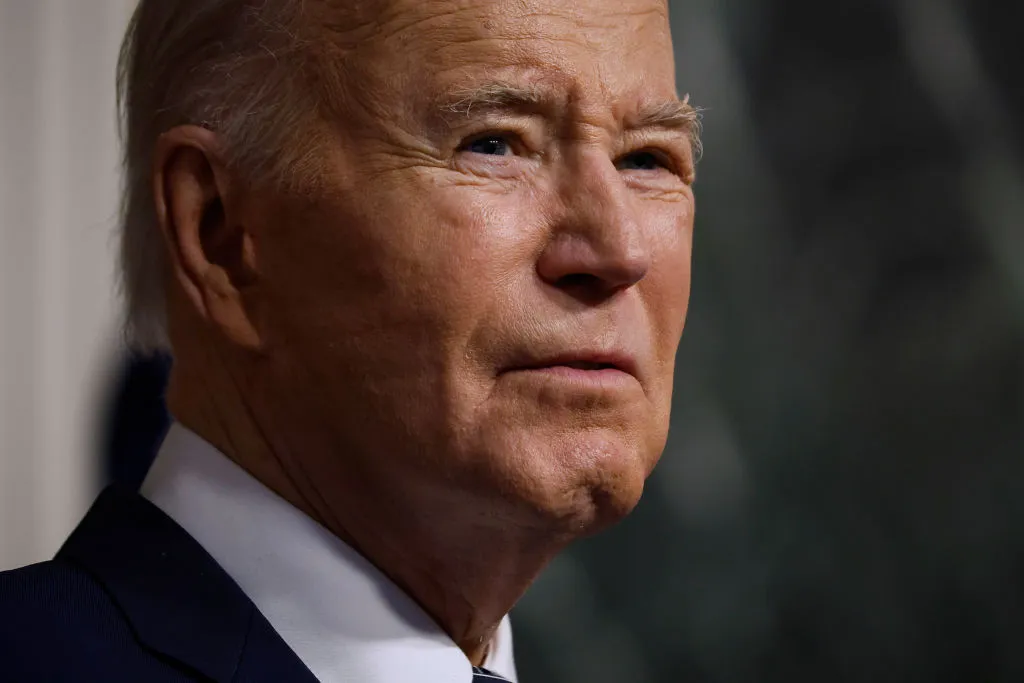

Leave a Reply